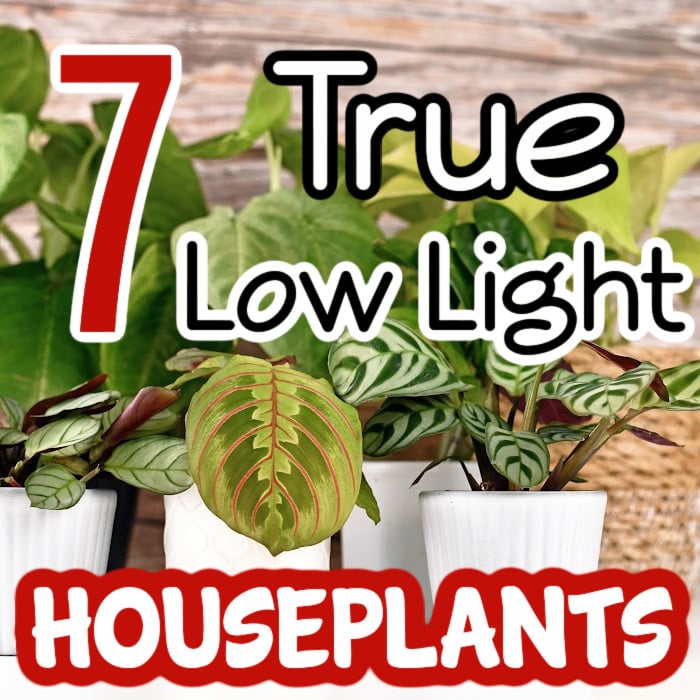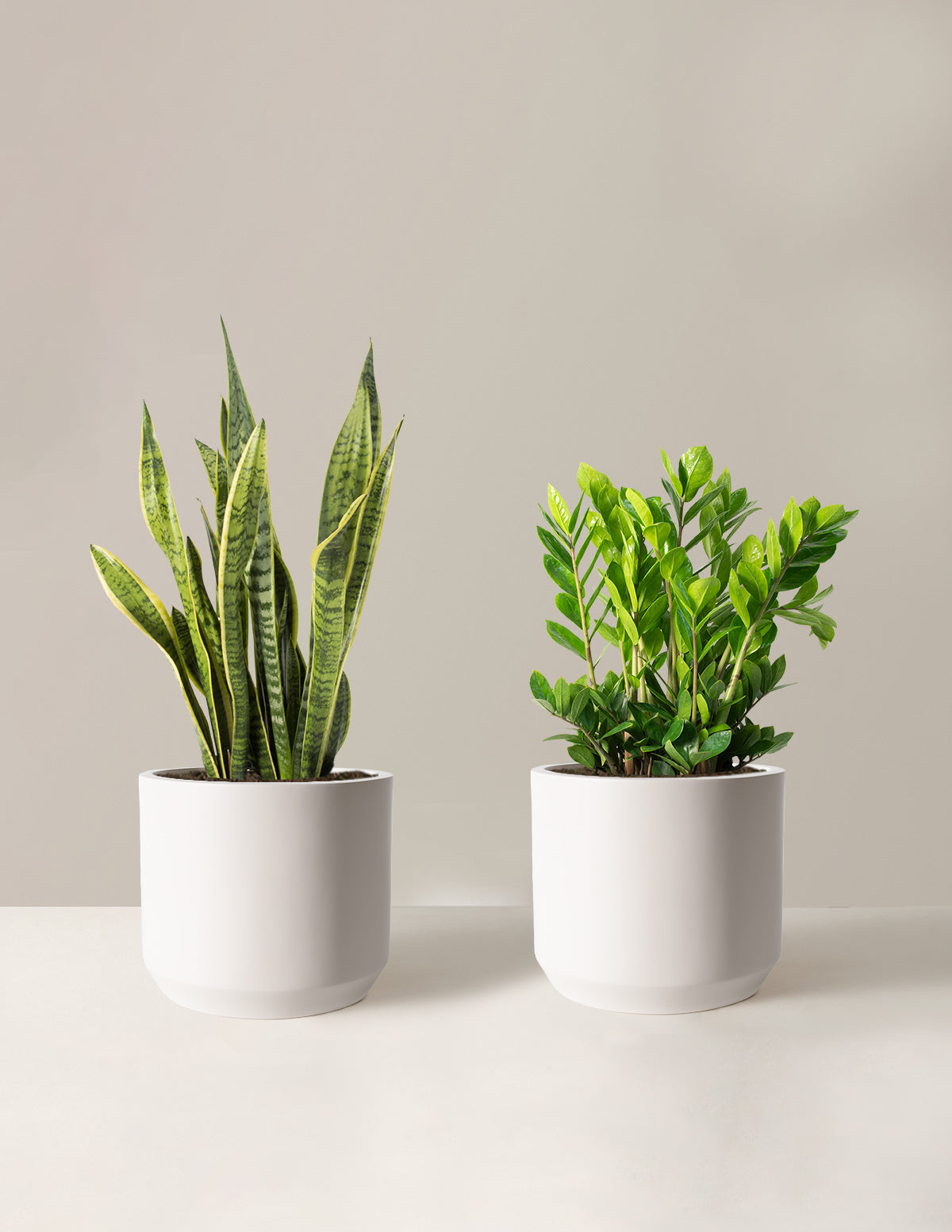A Guide to the Best Low-Light Indoor Plants for Small Spaces
A Guide to the Best Low-Light Indoor Plants for Small Spaces
Blog Article
Explore the Distinct Benefits of Low-Light Indoor Plants for Your Living Space
Including low-light interior plants right into your living space supplies a wide variety of benefits that prolong far beyond plain aesthetic appeals. These hardy plants not only prosper in environments with minimal sunshine yet also serve critical functions such as air filtration and humidity enhancement.
Air Filtration Benefits
Low-light interior plants not just boost the aesthetic allure of living rooms but additionally play a considerable function in air purification. Research has shown that certain plant species can effectively remove typical indoor toxins, consisting of trichloroethylene, benzene, and formaldehyde. These compounds usually rise from home items such as furnishings, cleaning products, and building materials, contributing to indoor air top quality issues.
Plants such as the snake plant, pothos, and peace lily are specifically adept at filtering unsafe materials from the air while flourishing in low-light conditions. The procedure of phytoremediation, where plants absorb and metabolize contaminants, allows these types to add substantially to a healthier indoor atmosphere. Furthermore, with photosynthesis, plants release oxygen, better enhancing air top quality.
Including low-light indoor plants into office or home areas not only gives aesthetic benefits but also acts as a functional approach for boosting air high quality. By picking the appropriate types, people can produce an environment that advertises health and minimizes exposure to damaging toxins, making these plants a necessary aspect in modern interior living.

State Of Mind Enhancement Results
Many research studies have revealed that including interior plants can dramatically improve state of mind and total emotional health. The visibility of plant in interior environments has been connected to minimized tension degrees, boosted sensations of calmness, and enhanced psychological health and wellness. Low-light indoor plants, particularly, flourish in settings where natural light is limited, making them perfect for numerous living spaces.
Study shows that communicating with plants can promote the release of serotonin, a neurotransmitter related to feelings of joy and health. Furthermore, the act of caring for plants fosters a feeling of duty and success, additional adding to positive mental wellness results. Low-light plants such as snake plants, pothos, and peace lilies have been shown to enhance air top quality, which is inherently linked to mood enhancement.
Integrating these plants right into your office or home can create a peaceful ambience, providing a visual and sensory getaway from the stress of day-to-day life - Best low-light indoor plants. As people invest raising amounts of time inside, the mood-enhancing impacts of low-light indoor plants end up being a lot more crucial, giving not only visual charm however likewise an extensive effect on psychological wellness
Reduced Maintenance Demands
For those looking for to boost their indoor areas without a significant time commitment, low-light interior plants are an excellent selection due to their low maintenance needs. These durable plants thrive in less-than-ideal lighting problems, making them excellent for homes and workplaces where natural sunlight is limited.

Pest resistance is another benefit of low-light interior plants. Numerous selections are less at risk to common parasites, minimizing the need for continuous tracking and treatment. These plants typically grow much more slowly than their high-light counterparts, implying less regular repotting and pruning are necessary.
Aesthetic Allure and Convenience

Furthermore, these plants can be arranged in myriad ways, whether in teams for a lavish impact or as standalone features to draw the eye. The selections of planter styles-- from smooth ceramic pots to rustic wood containers-- additionally boost their aesthetic value, enabling homeowners to express their personal style.
Furthermore, low-light plants can be tactically put in areas that might otherwise really feel neglected, such as corners or poorly lit shelves, consequently maximizing their decorative capacity. Ultimately, the mix of their striking look and adaptability makes low-light interior plants a beneficial addition to any type of home, creating an inviting ambience that promotes health and relaxation.
Improved Moisture Degrees
Enhancing interior humidity degrees is just one of the significant advantages of integrating low-light indoor plants right into living spaces. These plants naturally launch wetness vapor via a process recognized as transpiration, which takes place when water absorbed by the origins relocates with the plant and evaporates from the fallen leaves. This process not just boosts moisture but additionally contributes to a much healthier indoor environment.
Better humidity levels can relieve numerous wellness problems, such as completely dry skin, respiratory problems, and allergic reactions. Lots of people experience discomfort in dry interior conditions, particularly throughout winter season when home heating systems are in usage. By strategically positioning low-light plants throughout your home, you can develop an extra balanced humidity degree that fosters total wellness.
Moreover, particular low-light indoor plants, like tranquility lilies and spider plants, are particularly reliable at boosting moisture. Their capacity to prosper in low-light environments makes them ideal for different spaces, from workplaces to bedrooms. Along with enhancing humidity, these plants can web link also boost air quality by filtering out usual indoor pollutants, making them a beneficial addition to any home. Hence, low-light interior plants offer both useful and visual functions, advertising a much healthier environment.
Verdict
In recap, low-light indoor plants supply various advantages that contribute to a healthier and extra welcoming living area. Their capability to cleanse the air, boost mood, and improve moisture levels underscores their value as effective design components. Their reduced upkeep requirements and aesthetic flexibility make them ideal for various settings. Incorporating these durable plants into indoor settings not just elevates the ambiance however likewise promotes total health, establishing a peaceful shelter for residents.
Plants such as the serpent plant, pothos, and tranquility lily are especially skilled at filtering unsafe substances from the air while thriving in low-light conditions. Low-light plants such as snake plants, pothos, and peace lilies have actually been revealed to enhance air quality, which is intrinsically connected to state of mind enhancement.
Low-light interior plants, such as snake plants, pothos, and ZZ plants, not only enhance the aesthetic landscape of a room but additionally introduce numerous appearances and shades of environment-friendly that can complement diverse interior designs. These plants naturally release dampness vapor through a process known as transpiration, which occurs when water soaked up by the roots moves via the plant and evaporates from the fallen leaves.Additionally, particular low-light interior plants, like tranquility lilies and spider plants, are particularly efficient look at here at enhancing moisture.
Report this page